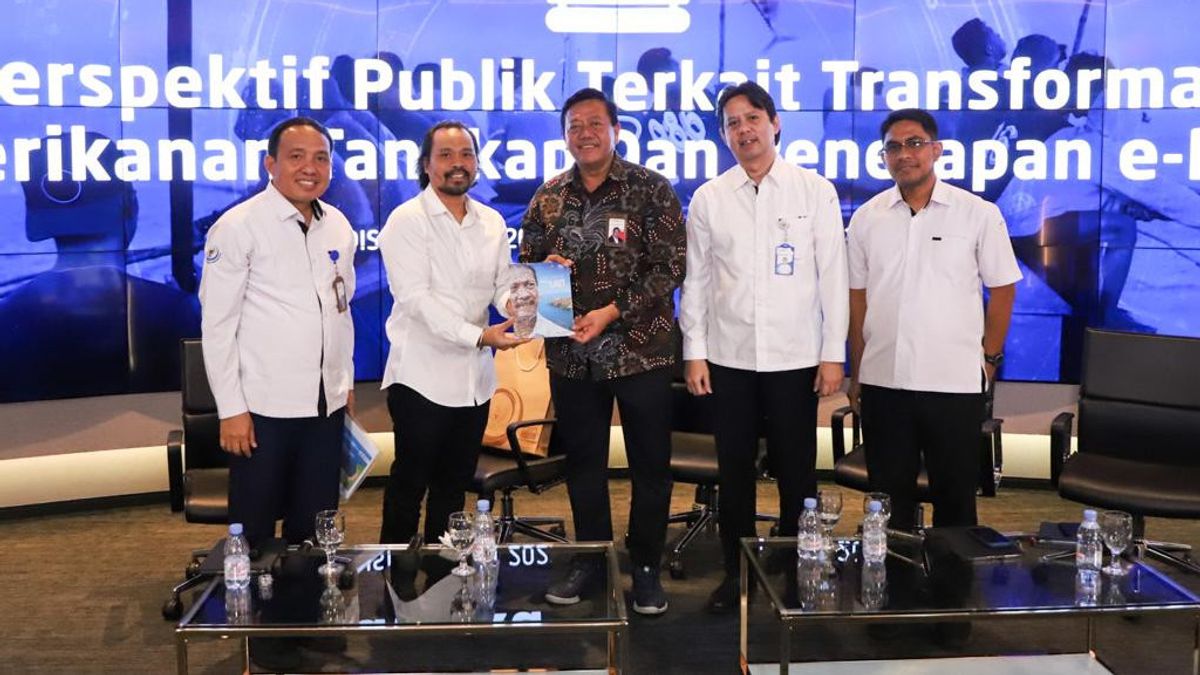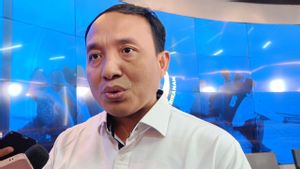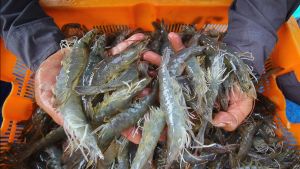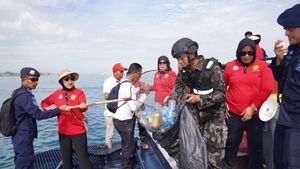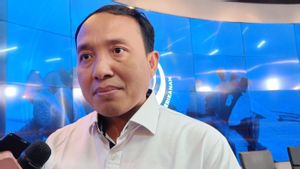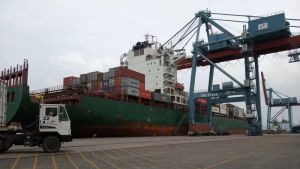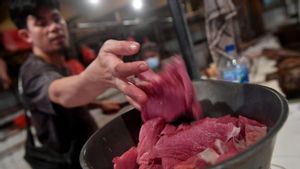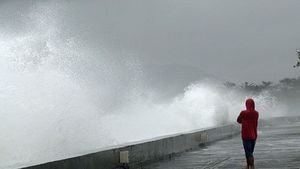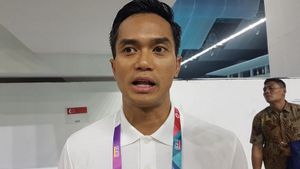JAKARTA - The Ministry of Maritime Affairs and Fisheries (KKP) encourages digital transformation by presenting e-PIT applications in carrying out measured fishing (PIT) based on quotas.
This effort was made to facilitate licensing and data collection of caught fish.
Acting Director General of Capture Fisheries of the KKP, Agus Suherman said, E-PIT integrates upstream-downstream fishing services in one system, among others related to the post-production submission of SLO, SPB, Logbook, STBLK, Independent Counting Report (LPM), and PNBP PHP calculations.
Agus assessed that with the digitalization, licensing process, reporting, and supervision in implementing the Measurable Fish Fishing blue economy program which is planned to take effect from next year, it can run efficiently.
"We are optimistic that it will be effective. In the past, the use of electronic cards in toll road services was widely opposed, now 100 percent have used it," Agus said at the Bincang Bahari event entitled Public Perspective Regarding Capture Fishery Transformation and Application of E-PIT, Monday, September 18.
On the same occasion, the Special Assistant to the Minister of Marine Affairs and Fisheries for Media and Public Communication, Doni Ismanto, added that the importance of E-PIT in implementing the measurable fish fishing based on quotas.
Therefore, the performance of this system will continue to be improved along with the increasing number of users.
Based on the results of a KKP survey with Litbang Kompas in Cilacap, Central Java and Benoa, most of the skippers and fishery business actors have high awareness regarding the measurable fishing policy, including the issue of the E-PIT application. Likewise, their understanding of the PIT policy and supporting applications.
Even so, based on the recognition of 100 respondents, there are several obstacles faced when using the PIT application, such as signal constraints, errors, forced closed, and freeze.
"The signal constraints are the highest, but there are solutions whose markets have been created in the field. One of them is satellite technology that can be used to overcome these obstacles," he said.
In addition, Acting Head of the KKP Data and Information Center Aulia Riza Farhan said that her party also has Command Center technology to support the monitoring system for the implementation of Measurable Fish Fishing.
The KKP will also improve the features in it to monitor the condition of coral reefs and mangroves.
The data collected in the system can later be used to support policy making.
"Currently, communication in maritime is very much needed so that we get the data so that it becomes useful information for policies. In accordance with the Minister's direction that ecology as commander-in-chief is currently the focus of the KKP making Ocean Bigdata," he said.
Meanwhile, Telkomsat Chief Executive Officer Lukman Abd Rauf emphasized, as part of a State-Owned Enterprise (BUMN), Telkomsat is assigned to transform digitally not only on land, but at sea as needed by the KKP.
VOIR éGALEMENT:
Lukman explained that Telkomsat has a LEO satellite-based product from Starlink which is used to explain the limitations of communication networks on land and at sea.
Starlink itself has a LEO satellite with an altitude of about 500-2000 kilometers (km).
"Telkomsat cooperates with SpaceX for backhaul Starlink services with a capacity of up to 250 Gbps. Low-orbit LEO-based communication system with a height of 550 km capable of providing services with low latency, high throughput of up to 500 Mbps and portable (+/- 5kg), so that it is expected to be a solution to limited communication networks on land and at sea," he said.
The English, Chinese, Japanese, Arabic, and French versions are automatically generated by the AI. So there may still be inaccuracies in translating, please always see Indonesian as our main language. (system supported by DigitalSiber.id)
